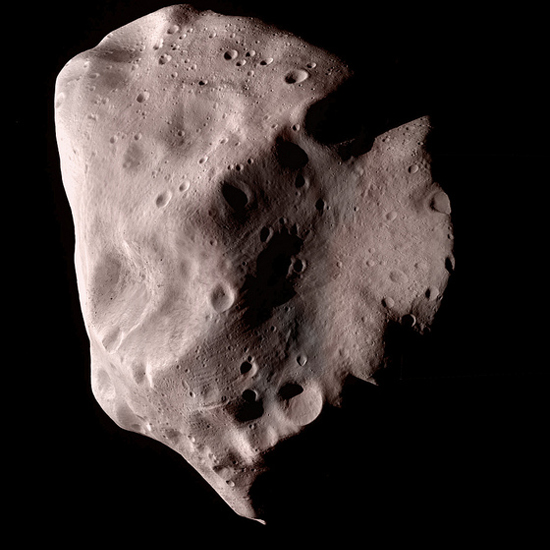Aerospace Engineers Report Mass of Pebbles Could Deflect Asteroids
Asteroids, being very large rocks hurtling through space, aren’t often pitted against pebbles, being very small rocks not often found hurtling through space. But if we down here on Earth were to ever, say, hurtle enough pebbles with enough speed and the right angle, math says we could easily deflect incoming asteroids.
The calculations come from two aerospace engineers, Alison Gibbings and Massimiliano Vasile based out of the University of Strathclyde in the U.K.. Previous suggestions on how to deal with potentially hazardous asteroids have included using mirrors, lasers, or even landing engines on the rock to shift them off course. However, Vasile and Gibbings’ research suggests that if hit at just the right moment, asteroids can be deflected with a relatively minor push.
That’s where pebbles come in.
The two engineers have proposed that a 500-kilogram swarm of tiny craft could and would deflect a 250-meter asteroid by nearly 35,000 kilometers. This may not seem like much, but given enough time to continue moving at its new trajectory, an asteroid would miss any predicted Earth impact by a great distance. Using a single rocket, the pebbles would act like an outer space shotgun blast.
This kind of thinking functions on the same level as Archimedes with his lever. The entire point is that there can be great change brought about with little force utilized in the right way. Instead of grandiose measures on one extreme or the other, we as a group should instead seek out small measures in precise applications.
(Astrobiology Science Conference 2012 via New Scientist, image via Emily Lakdawalla)
- NASA actually worked on a space harpoon for such an event
- Asteroids get closer to Earth than you might think
- Theoretical image of an asteroid impact
Have a tip we should know? tips@themarysue.com
